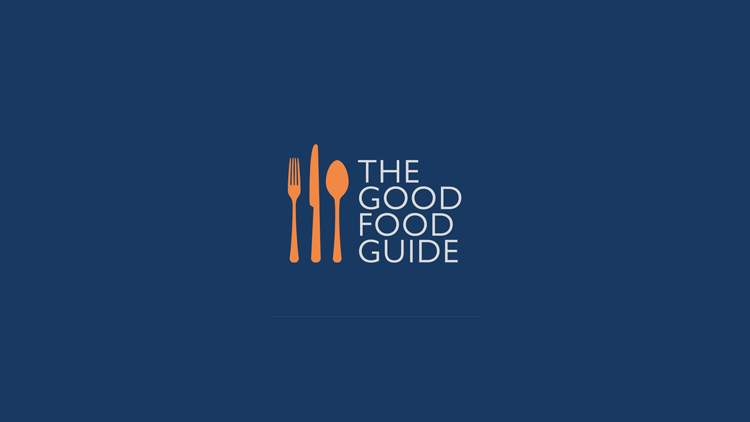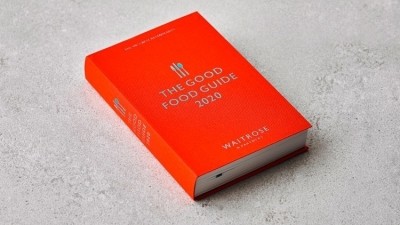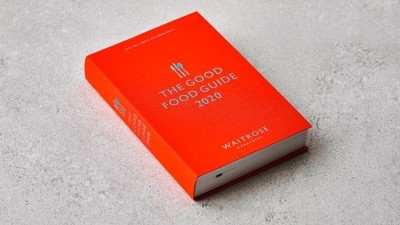The Good Food Guide shakes up its rating system

The changes are intended to ‘simplify and modernise’ the 70-year-old restaurant guide, which is now exclusively digital.
Publisher Adam Hyman - who acquired The Good Food Guide last year - says the 1-10 scoring system has the potential to give people the wrong impression of a restaurant's standing because a 1 out of 10 score implies a fail to many.
"If you’re familiar with the guide and you’ve picked it up for years and know it inside out then you understand the scoring," he says. "Some people have said, if it’s not broken, why change it? But I've always found the scoring system confusing. I never understood what the difference was between a three and a four, for example."
The new approach will also solve the problem of restaurants that receive lower scores not necessarily wanting to publicise them.
Under the new regime, ‘good’ represents a reliable combination of good food (showing sound technical skills and good quality ingredients), warm service, and a pleasant atmosphere; ‘very good’ marks a high level of ambition and individuality; ‘exceptional’ equals cooking that has reached the pinnacle of achievement, making it a highly memorable experience for the diner and also offering superb service and a high level of comfort; with 'world class' reserved for “a few extraordinary chefs are having a seismic impact on British dining”.
It is understood that ‘world class’ is directly equivalent to the guide’s 10 out of 10 rating.
To determine this overall rating, inspectors will now judge against four metrics: uniqueness, deliciousness, warmth, and strength of recommendation.
An overall rating can only be as high as its lowest score in any category. For example, somewhere might achieve ‘very good’ in terms of uniqueness, deliciousness, and strength of recommendation, but if its warmth is ‘good’, the overall rating will be just that: ‘good’.
If somewhere does not rank at least ‘good’ in all four categories, it will not be included in the guide.
The pricing index - £, ££, £££ or ££££ - will give 'further colour' to the style of the establishment.
"The changes are designed to reflect how the restaurant scene has evolved in recent years. You no longer need to a be a Michelin-starred, fine dining place to be ‘very good’ or ‘exceptional’,” Hyman says. "Our aim is to keep the Guide going for another 70 years so looking at how restaurants are judged is of the utmost importance."
The Good Food Guide has experimented with a number of different scoring approaches over the years but has used the 1-10 scoring system since 1998.













